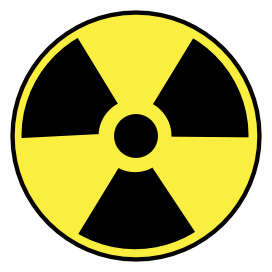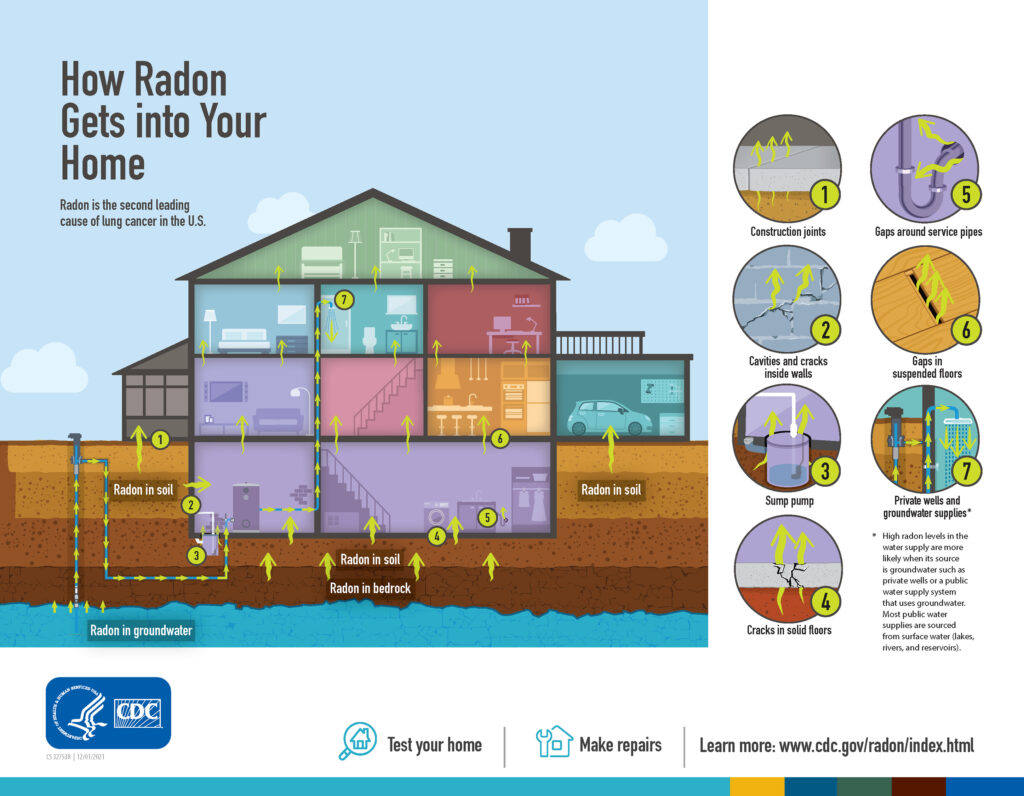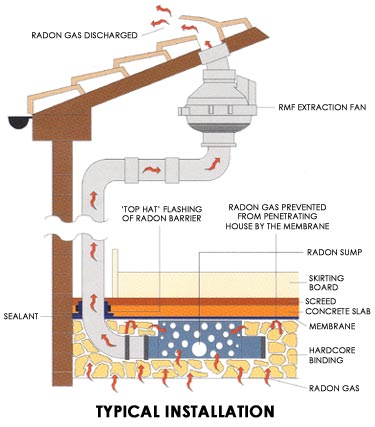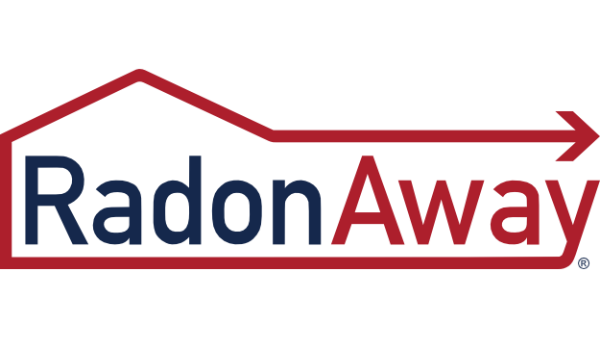
Imagine an invisible, odorless, and tasteless gas silently seeping into your home, posing a serious threat to your health. This isn’t a plot from a sci-fi movie; it’s the reality of radon, a naturally occurring radioactive gas that can be found present in any house, new or old, anywhere in the world.
Understanding radon, its risks, and how to combat it is crucial for every homeowner.
What is radon and why should you care?
Radon is a radioactive gas that comes from the natural breakdown of uranium in soil, rock, and water. It’s found in all 50 states and can exist in varying concentrations in the ground beneath your home. When it decays, radon releases tiny, radioactive particles that, when inhaled, can damage the cells lining your lungs.
The most significant health impact of radon is its direct link to lung cancer. According to the EPA, radon is the second leading cause of lung cancer overall, right after smoking. Long-term exposure to elevated radon levels dramatically increases your risk of developing this deadly disease, and because you can’t see or smell it, the only way to know if your home has high radon levels is to test for it.
How does radon sneak into your home?
Radon enters your home through various pathways, often exploiting the natural differences in air pressure between your house and the soil beneath it. Your home often acts like a vacuum, drawing air (and radon) from the ground:
- Construction joints: Gaps where concrete sections meet allow radon to seep through.
- Cavities and cracks inside walls: Openings within block walls or plaster cracks can draw in soil gas
- Sump pumps: Unsealed covers over sump pits provide a direct pathway from soil to air.
- Cracks in solid floors: Fractures in concrete slabs offer direct routes for radon gas to enter.
- Gaps around service pipes: Openings where pipes penetrate floors or walls create easy entry points.
- Gaps in suspended floors: Unsealed spaces around floorboards or access points in crawl spaces allow radon up.
- Private wells and groundwater supplies: Radon dissolved in well water can be released into indoor air during use.
Essentially, any opening that connects your home’s interior to the soil beneath it can be an entry point for radon.
Radon Resources
The Indoor Environments Association (IEA), once known as AARST, is a leading non-profit professional organization dedicated to protecting public health from radon.
Their significance towards radon lies in several key areas:
Scientific Research: IEA has 4 decades of rigorous scientific research and have definitively established radon as a major cause of cancer mortality in the U.S.
Developing National Standards: accredited by ANSI, IEA develops and maintains national consensus standards for radon measurement and mitigation, vital for providing standardized approaches for every building type to ensure effective radon reduction and long-term protection.
Public Health Advocacy: They advocate for public health by emphasizing that an individual’s radon exposure accumulates over time, increasing the risk of preventable lung cancer. Their work aims to ensure that effective measurement and mitigation practices are adopted to safeguard occupants.
Data and Reporting: IEA compiles and publishes reports, such as the Radon Report Card, which provides state-by-state data on radon levels, health impacts, and policy requirements, further highlighting the widespread nature of the radon issue.
IEA’s work underscores that preventing radon exposure is one of the most important environmental health challenges we face today, advocating for standardized measurement and mitigation practices to safeguard occupants.
How Radon Fans Mitigate the Risk
Once testing reveals elevated radon levels, a radon mitigation system is installed, and at its heart is the radon fan. These specialized fans are the active component that tackles the problem head-on:
- Creating a “Vacuum” Beneath Your Home: The most common and effective mitigation method is called “sub-slab depressurization” or SSD. A PVC pipe is installed through the foundation slab and connected to the radon fan. The fan then creates a continuous, slight vacuum beneath your home’s foundation.
- Drawing Radon Away: This negative pressure effectively draws radon gas from the soil and gravel underneath your home before it can ever enter your living space.
- Safe Venting Outdoors: The fan continuously pulls this radon-laden air through the pipe and safely vents it outside, typically above the roofline, where it quickly disperses harmlessly into the atmosphere.
- Continuous Protection: Radon fans are designed to run 24 hours a day, 7 days a week, ensuring that the dangerous gas is consistently removed from beneath your home, maintaining safe indoor radon levels.
By actively and continuously removing radon, these fans act as an unseen shield, transforming your home into a safer environment and significantly reducing the risk of radon-induced lung cancer for you and your family.
Choosing your defense
While understanding how radon mitigation works is vital, selecting the right equipment is equally important for long-lasting protection. At HVACquick, we partner with leading manufacturers known for their reliability and performance in radon reduction.
When it comes to top-tier radon fans and mitigation supplies, two names stand out:
Fantech: A pioneer in ventilation with over 40 years of experience dedicated to healthy indoor air, Fantech introduced the first inline radon fan to the U.S. in 1983, the first EC radon fan on the market. Their Rn series radon fans are engineered for robust construction, airtight reliability, and efficient performance, making them a trusted choice for a wide variety of sub-slab conditions. Fantech’s commitment to quality and innovation positions them as a leading provider of dependable radon mitigation solutions.
RadonAway: Founded in 1990 by Spruce Environmental Technologies, Inc. and based in Massachusetts, RadonAway offers the industry’s most diverse and rigorously tested line of radon fans and integrated mitigation solutions. They empower professionals with innovative product development, comprehensive system design support, and deep-rooted industry leadership, ensuring effective and reliable radon reduction for every project. Their extensive range means there’s a RadonAway fan designed for virtually any home’s specific needs.
Don’t let radon remain an invisible threat. Test your home, and if elevated levels are found, a professional radon mitigation system with a reliable radon fan is your best defense for peace of mind and healthy living.









